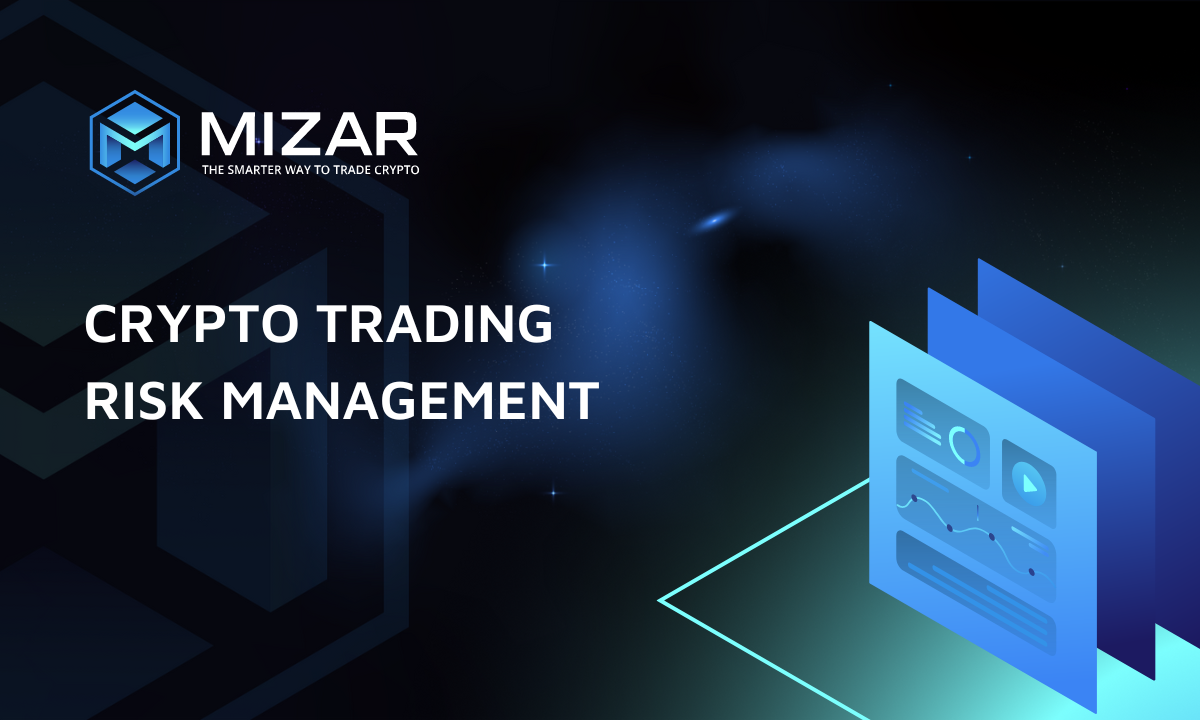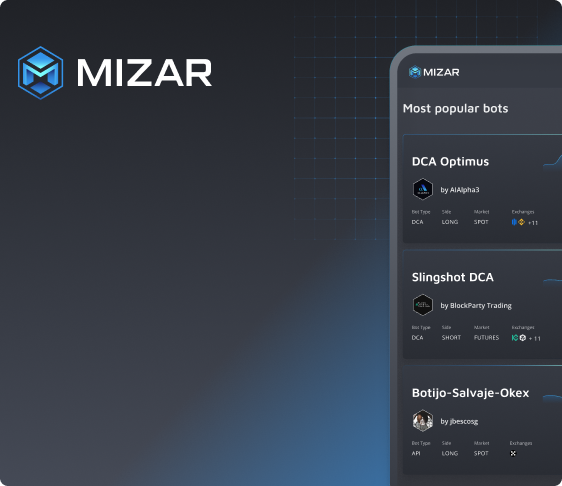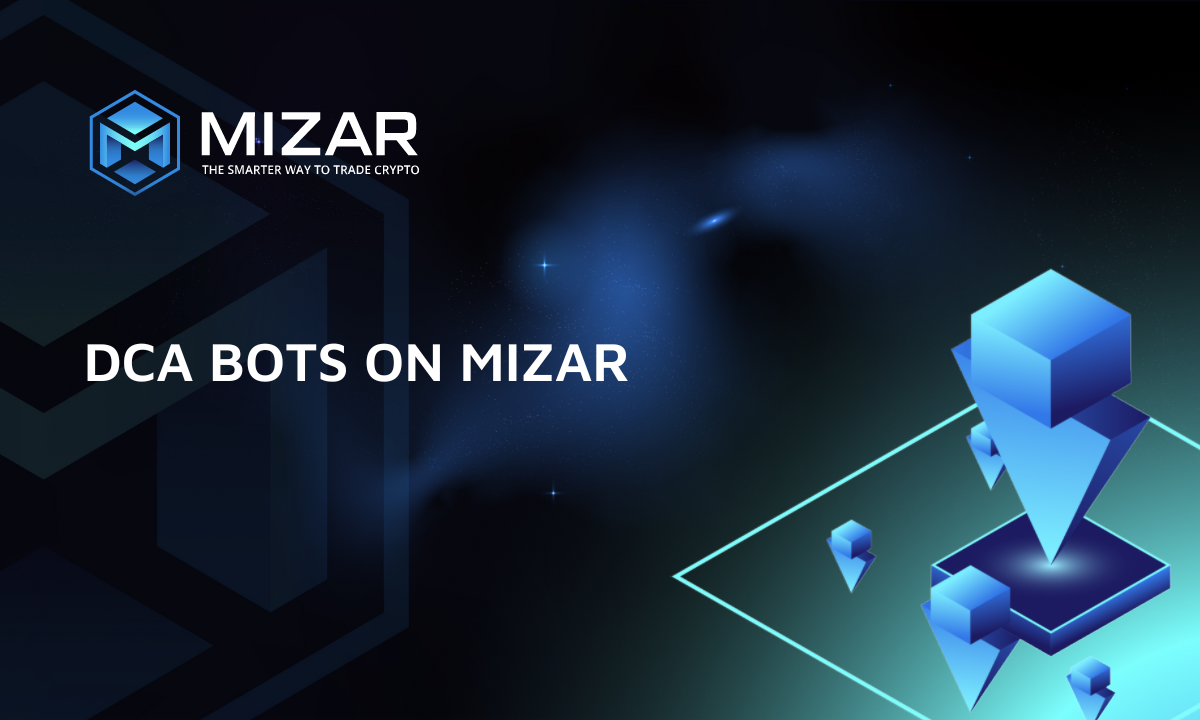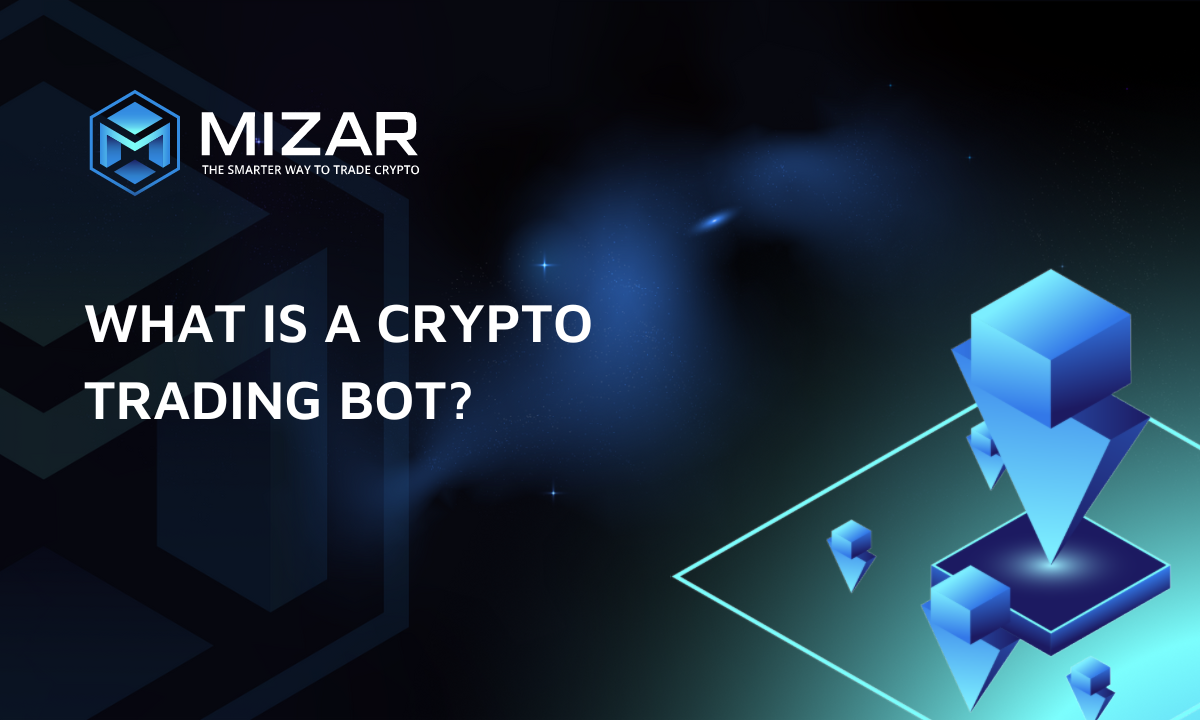Crypto Trading Risk Management

“You do not rise to the level of your goals. You fall to the level of your systems”. The quote perfectly applies to trading and separates profitable traders from the ones with endless losing streaks. Systems are a set of behaviors & habits that, if executed consistently, will nudge you toward your trading goals. This article elaborates on a vital part of trading systems — crypto trading risk management.
Key Takeaways
Money and risk management are integral parts of a successful crypto trading experience. If you don’t have a specific management strategy, you have higher risks of losing capital over the long run.
Portfolio diversification, risk hedging, and position volume management account for a big part of a viable crypto risk management strategy.
Poor order management, leverage and emotion control can significantly increase your risks if mistreated.
What Is Crypto Risk Management?
You can’t escape losses. Ever. Trading on any market is a wild and risky venture. No one can predict the behavior of the market with 100% accuracy. It simply means that markets entail risks, which can eventually cause losses — it’s just a matter of time. If risks can't be avoided, you must learn how to manage and control them.
When you take almost any job, there’s a list of instructions and safety precautions you should follow for overall betterment. Markets are just the same. To avoid damage, you must understand how to tame losses and manage your emotions first. Actual trading comes second.
Risk/Reward Ratio: A Crucial Element of Risk Management
Most newbie traders experience sporadic profits. The same traders then have a bad trade that completely wipes out all the profits in just one go. That’s not a blind guess, but the actual data behind millions of trades markets provide. It’s quite usual among inexperienced traders because they don’t understand the importance of the basic risk management component — the risk-to-reward ratio.
The right risk-to-reward balance is the key to a chest of profits you’re aiming for. This balance must be realistic and consistent with your trading strategy.
For example, you set your profit target at three times your initial Stop Loss, with a risk-to-profit ratio of 1:3. But what if your strategy cannot provide such a risk-to-profit ratio over the long term? In that case, you will end up losing money.
On the other hand, if your trading strategy can execute trades with a 1:5 risk-to-profit ratio, but you close the trade when your profit reaches only 2x your Stop Loss, you leave money on the tables for other traders. Not good, right?
Consequently, it would be best if you dedicate some time to testing your strategy and determining a realistic average profit that your trading strategy makes in each trade relative to your Stop Loss.
Why is Crypto Risk Management Important?
Although you can’t completely eliminate losses, you can act carefully to mitigate the risks.
Trading profits are formed not due to the absence of losses but due to the fact that the size of profits exceeds the size of losses by multiple folds. Think of a business and associated monthly expenses for office supplies, commuting to work, and lunch at a local cafe.
Hence, it's very important to develop and train yourself to have this exact attitude towards potential losses, since you cannot avoid them completely but minimize them where possible.
Learn How to Measure Trading Risk: Top 3 Tips
This section sheds light on the best risk management practices you can adopt to become a better trader. Let’s dive in.
Crypto Risk Management Tip #1: Portfolio Diversification
Imagine your crypto portfolio is a sports team. You draft offensive players, defenders, several goalkeepers, and anyone in-between to keep the team balanced. Each team member has a role of its own. Let’s draw some parallels with trading.
Offensive players — high risk, high reward. You don’t need many offensive players in the team, just a few to keep the game rolling. A tiny share of high-risk assets with some solid upside potential of 10-100x. Make sure that you take profits.
Defensive players — a nice balance of risks and rewards. You need some rock-solid players to rely on if things go south. Defensive portfolio plays make sure you survive tough markets and black swan events.
Visioners — plays with a long-term potential. Your blue chips of crypto for HODLing. Ecosystems and T1 projects with some trackable performance and traction within the industry.
Goalkeepers — stablecoins to preserve your capital, your emergency ammo to buy the dip. They make sure you have enough liquidity to adjust to market conditions and act accordingly. For example, you can buy the dip if needed, ensure collateral for leverage trading, or any other form of borrowing.
Portfolio management is one of the best skills you can master to limit your trading risks. At the very basic level, portfolio diversification is a specific asset distribution in which losses incurred by one class or the group can be covered by the profits of the other.
Traditional investors distribute assets across various classes like shares, bonds, commodities, and crypto. Each group has its own risk/reward ratio, resulting in a balanced portfolio overall. If you only deal with crypto, you can trade various crypto tokens related to DeFi, blockchain gaming, node infrastructure, exchanges & ecosystems, and beyond.
Crypto Risk Management Tip #2: Risk Hedging
What if you could make profits out of extremely unfavorable situations? You can do so by hedging your risks. Risk hedging is an investment strategy that protects your portfolio from adverse price movements. Hedging implies capital distribution across various sub-niches and assets. Dollar-cost averaging [DCA], staking, DeFi & NFT protocols, and derivative markets are among a few tools you can explore to hedge your risks in crypto.
If you want to understand crypto hedging on a basic level, feel free to check out the guide.
Crypto Risk Management Tip #3: Position Volume Management
Position volume management is yet another important aspect of your overall risk management crypto trading strategy. The objectives of position volume management are similar to those of money management strategies, with a slight difference. Money management strategies increase the efficiency of capital use, while risk management limits losses. As a rule of thumb, you don’t allocate too much of your capital to any single position. Especially in the derivatives markets with higher volatility.
Experienced traders recommend using a fixed % of your capital to actually trade. The rest is stored separately as your reserve outside of an exchange. The allocation size of acceptable risk fluctuates around 0.5% to 3% per trade. You can learn more about recommended capital allocation and calculate your specific allocation here.
This way traders can be emotionally calm and stick to a specific trading strategy. Going beyond the limit is referred to as aggressive trading behavior, implying higher risks.
Volume management also addresses the liquidity issue markets like crypto may have. Simply put, liquidity is how tradable an asset is. If there is no liquidity in the market, you can’t sell because there’s no one else to buy. The same applies to buys. Someone has to trade the asset, so it’s also available for other traders.
Major assets are usually backed by market makers constantly supporting healthy liquidity, but smaller ones don’t necessarily have backers. The moral is straightforward: you may be stuck with useless assets for a long time. That’s why every position shouldn’t take more than a specific % in your portfolio.
Golden Rules Of Crypto Risk Management
Mitigate Volatility by Dollar-Cost Averaging
Dollar-cost average is a popular strategy in which an investor buys target assets at regular intervals regardless of the prices. DCA investors ignore market conditions and don’t guess the best time to buy. Such an approach negates the influence of market volatility and is great for passive investors: they don't have to monitor market conditions and look for the optimal entry point.
Dollar-cost averaging could be a part of an effective risk management technique for the following purposes.
You don’t want to put your large capital in jeopardy by investing all at once
You regularly invest a portion of your income
Learn more about DCA trading bots and strategies by Mizar.
Avoid Excessive Leverage
Leverage allows you to borrow money for trades. You may use your real money as collateral to open an inflated position. This way, you can trade on the money you may not otherwise have, thus increasing potential profits.
Say you have $500 and only can buy $500 worth of an asset. On the other hand, you can use 1:2 leverage to get $1,000 worth of an asset. Similarly, 1:5 leverage allows you to open a position worth $2,500. Either way, you use $500 of your actual money.
While some leverage is healthy for traders with higher risk tolerance, excessive leverage may ruin your trading experience. Leverage increases potential profits but also risks. Higher leverage implies much higher risks, the growth is progressive. A leverage of 1:2 means you’ll lose your collateral if the price veers off by 50%. Similarly, 1:3 leverage means a 33% change, and 1:5 means a 20% change.
We advise you to avoid any leverage higher than 1:5 unless you feel confident enough to lose your collateral in case of a sharp price change.
Use Order Management Tools
Order management tools help you to control your trading orders. Some of them increase your profits, others mitigate risks. Stop loss is one of the most efficient order management tools you can use.
A stop loss is a trade order to limit your potential losses. You can set a specific range level to automatically sell the asset in case of a price drop. This way, you can minimize losses in case of extreme volatility, black swan events, and more.
Keep Profit to Risk Ratio 2:1
You should spot the potential Take Profit and Stop Loss ratio in advance, and it should be at least 2:1, preferably higher. This means that you will make a profit of $500 and a loss of only $250 (with a profit/risk ratio of 2 to 1) or $166 (with a profit/risk ratio of 3 to 1), for example.
Imagine you could cover 2 losing trades with just one successful one. That’s the magic of long-term vision profitable traders use to make 50% of profitable deals and earn consistently.
Control Your Losses
Loss recovery is challenging — both emotionally and number-wise.
Losing 50% of your deposit, you will have to make 100% profit to break even.
Losing 75% of your deposit, you will have to make 400% profit to cover up for losses.
You should focus on how to limit losses first. Once you master the craft, you may add more trading techniques and concentrate on the profit angles. Either way, plan your actions, so they do not lead to losses.
Manage Your Emotions to Buy Greed & Sell Fear
Fear and greed share the same root cause — the feeling of loss. Loss is probably one of the strongest emotions for a person. Fear pairs with loss of money, while greed stems from potential profits lost. You can tackle emotions in two ways: self-discipline and automation.
Discipline is an age-old quality many traders have mastered over time, but it may be quite hard to stick with your plan regardless of the emotions in your mind. That’s why we developed an automated trading platform called Mizar. It allows you to tackle emotions by automating your trading strategies with smart order management tools. It’s an excellent way to keep emotional outbursts out of the game.
Closing Thoughts
Risk management is one of the essential steps you can take towards a profitable trading experience. The sooner you master the specifics of crypto risk management, the sooner you’ll improve your trading. Although some risk management steps are fairly complicated [order management tools, risk hedging], others require a disciplined and conscious approach [diversification and emotionless trading].
As complex as it sounds, you can start immediately with no prior knowledge and master risk management along the way. Mizar paper trading is a robust crypto market simulation tool to hone your risk management skills before you trade real money.
FAQ
What Is Risk Management in Crypto?
Cryptocurrency risk management is an umbrella term for various trading rules you can apply to secure profits and limit losses. Portfolio diversification and hedging risks are two postulates of crypto risk management.
Should I Use Cryptocurrency Risk Management?
Systematic use of risk management crypto principles can significantly take the edge off your trading-related risks. To avoid staying in a losing streak, you should use basic risk management tools and apply more advanced risk-related techniques.
How Do I Benefit from Crypto Risk Management?
You can apply basic principles of cryptocurrency risk management to benefit right off the start. Avoid trading based on your emotions, and stick to simple portfolio management rules for starters. You can later add more complex risk management aspects like position volume management, cross-market diversification, and order management tools.
Who Can Benefit from Crypto Risk Management?
Any trader can benefit from cryptocurrency risk management tools and rules. If applied timely, these rules can save your capital and increase profits for years to come.



